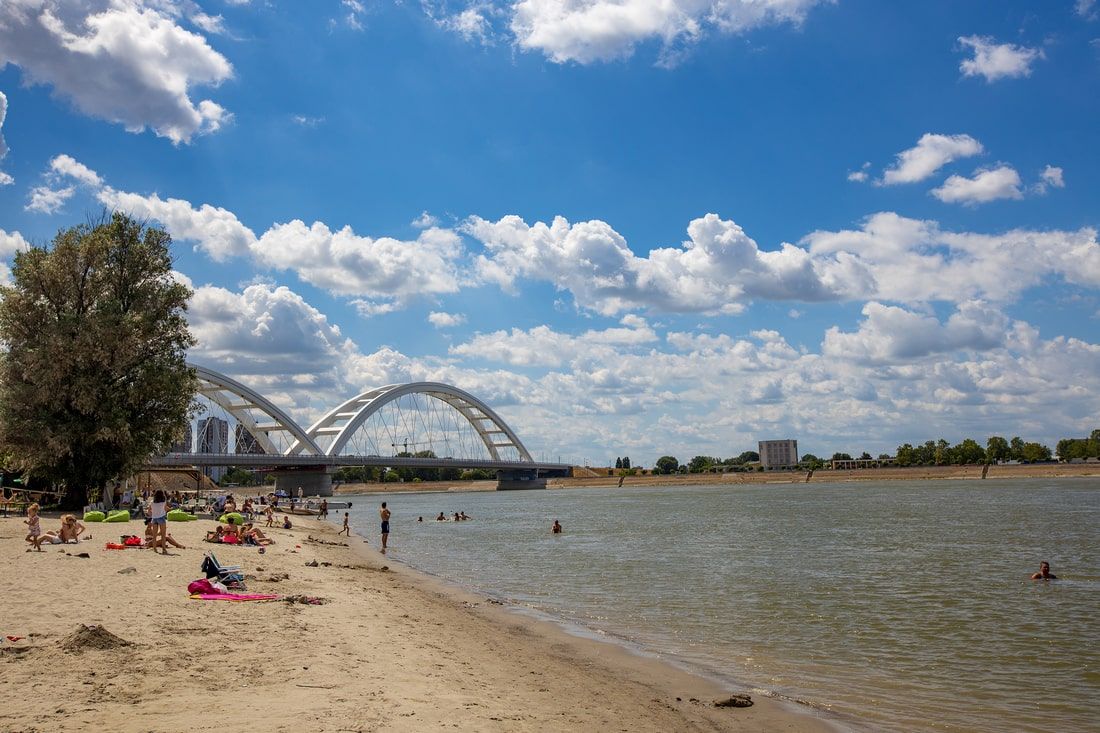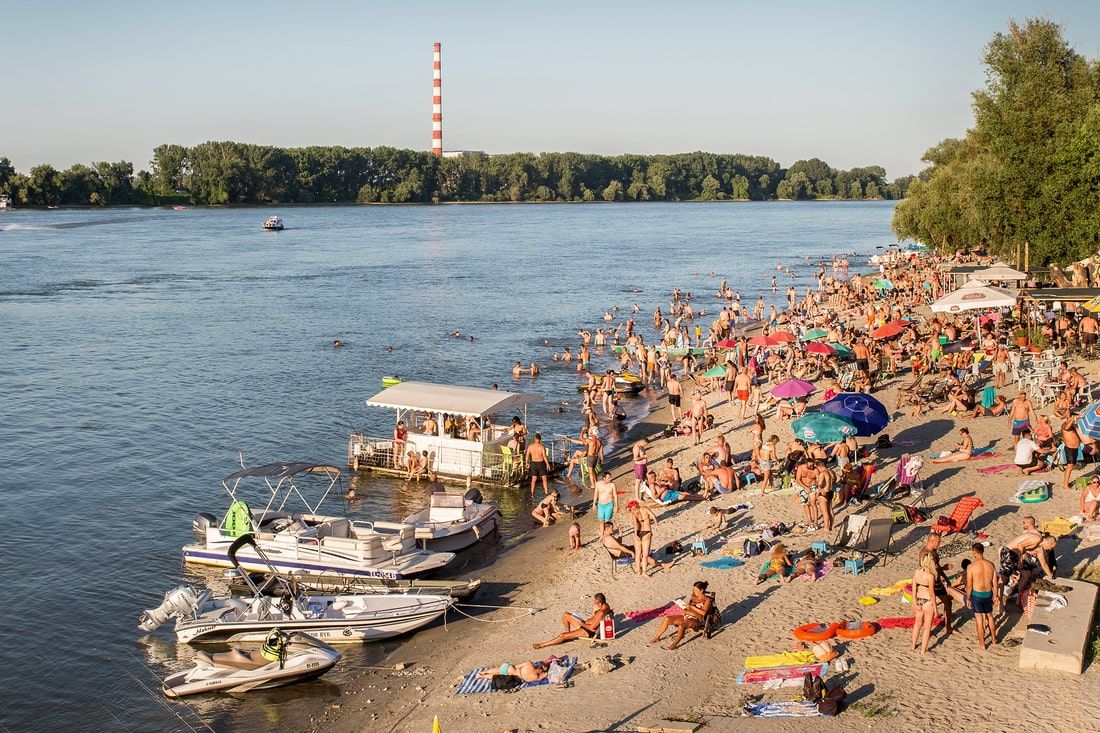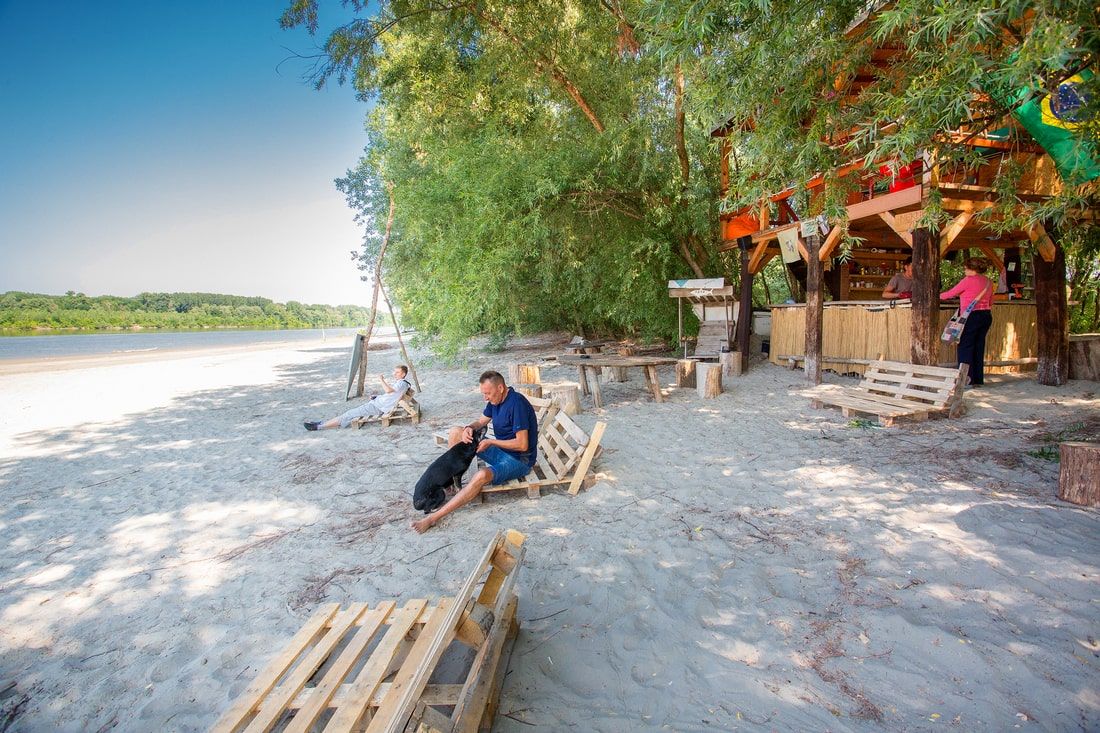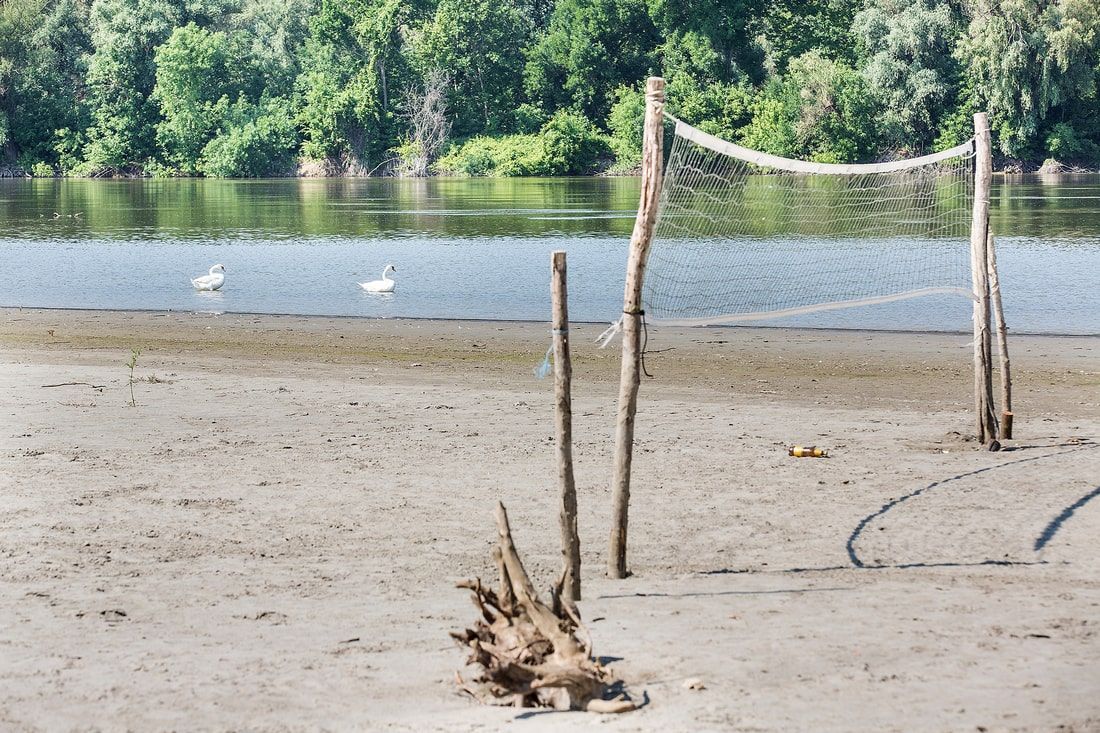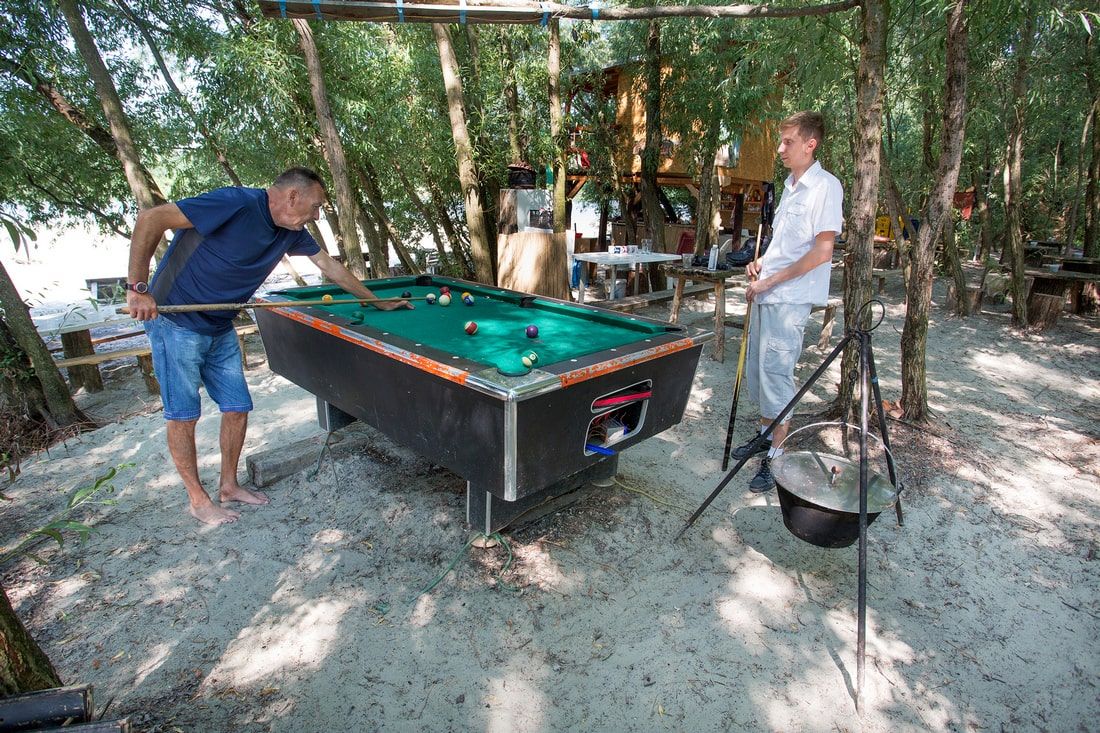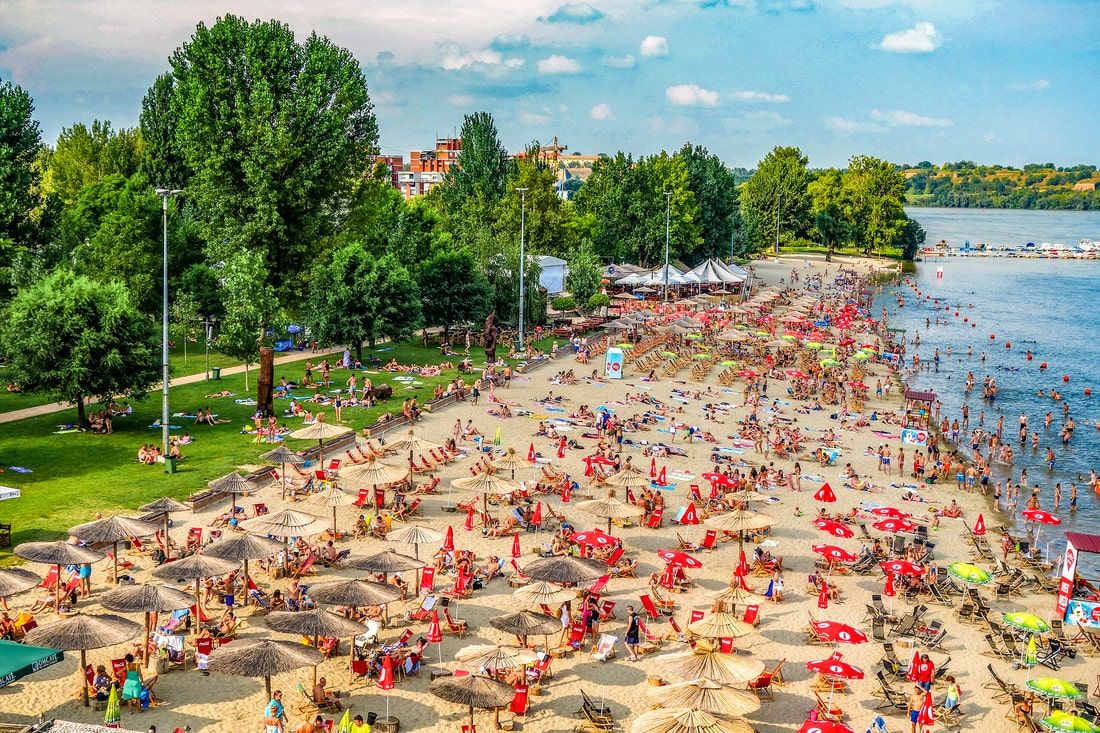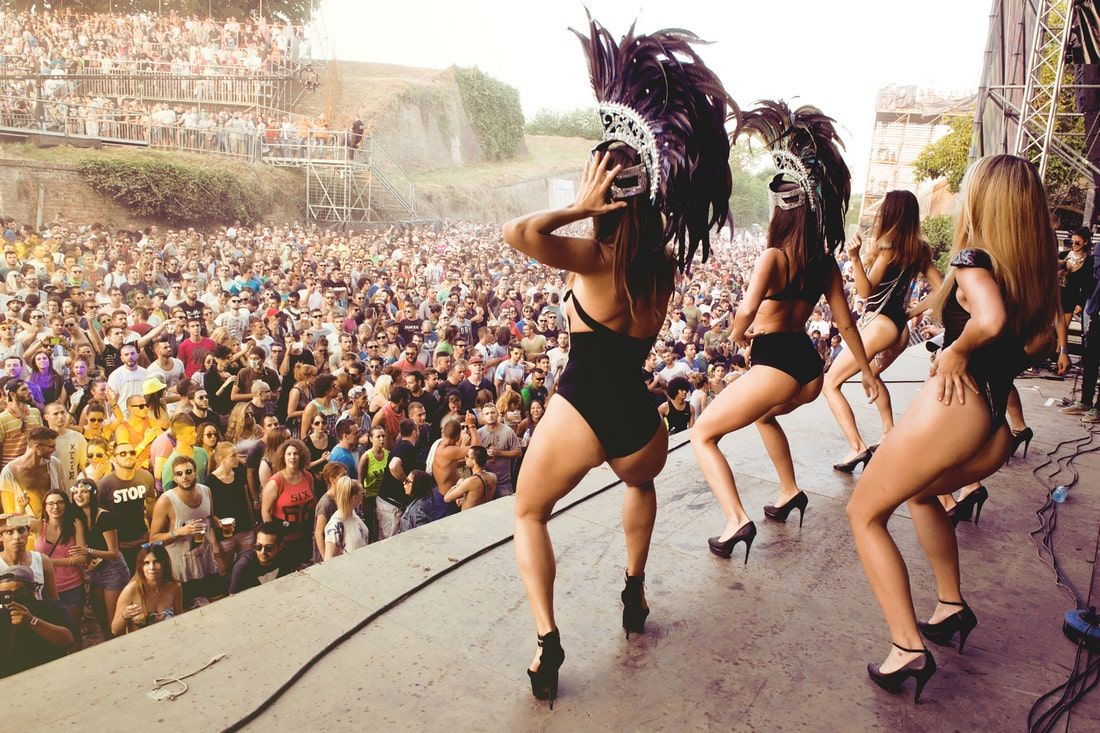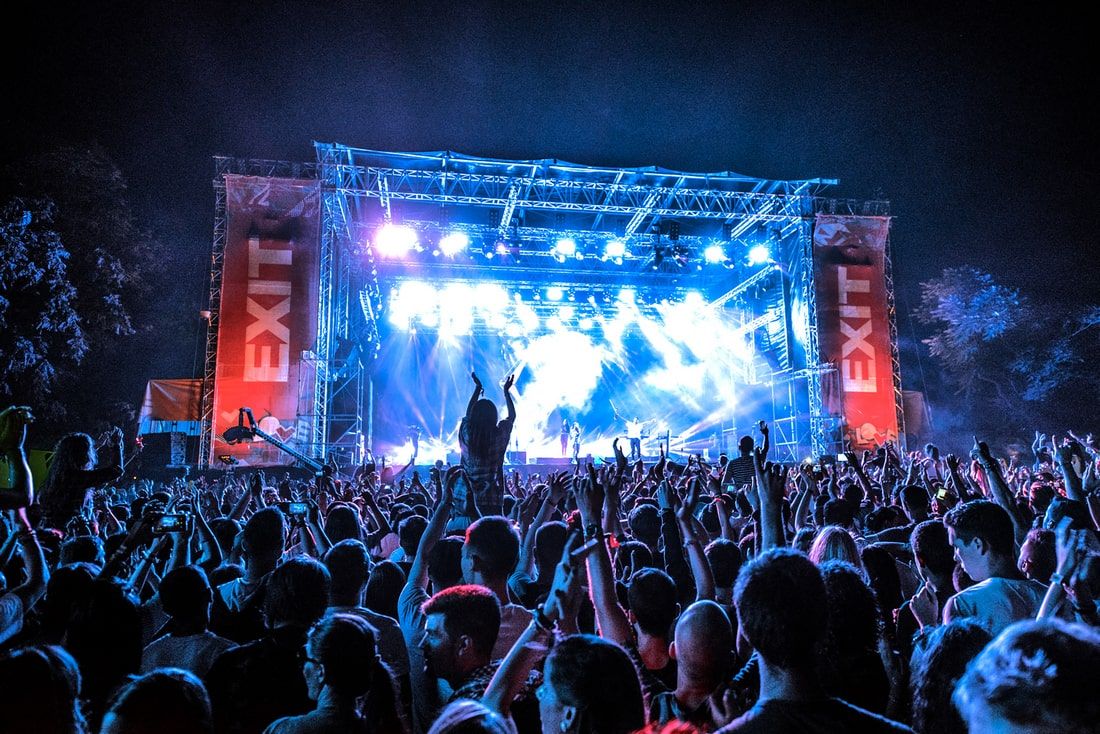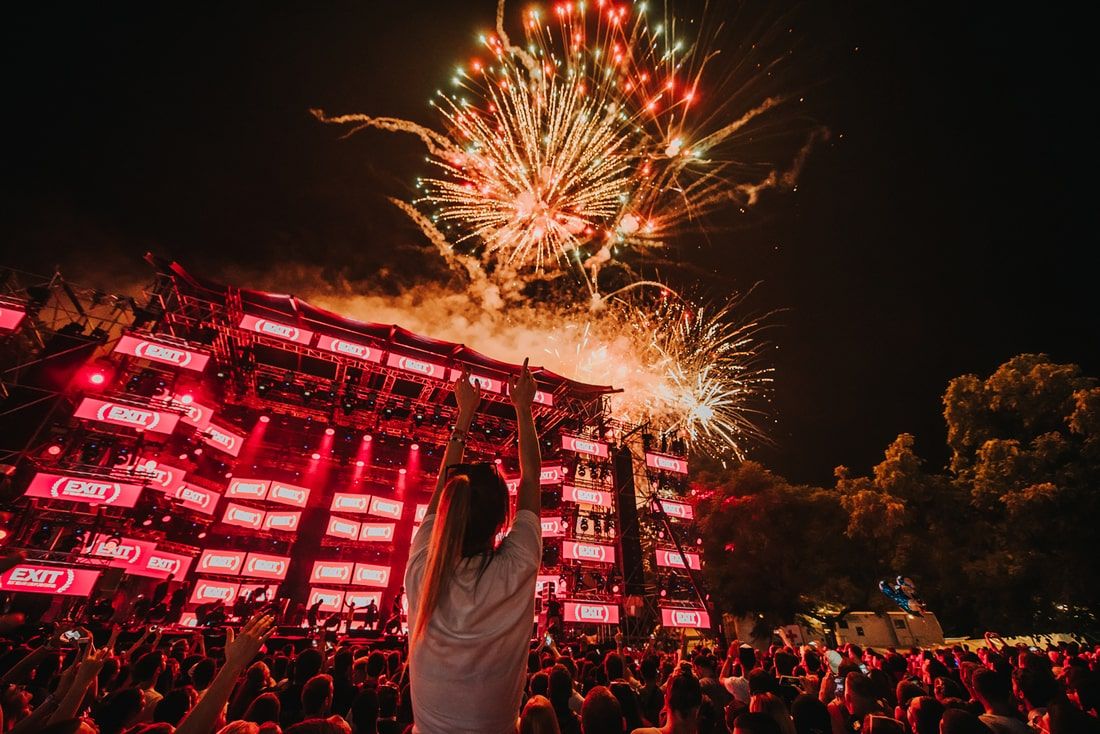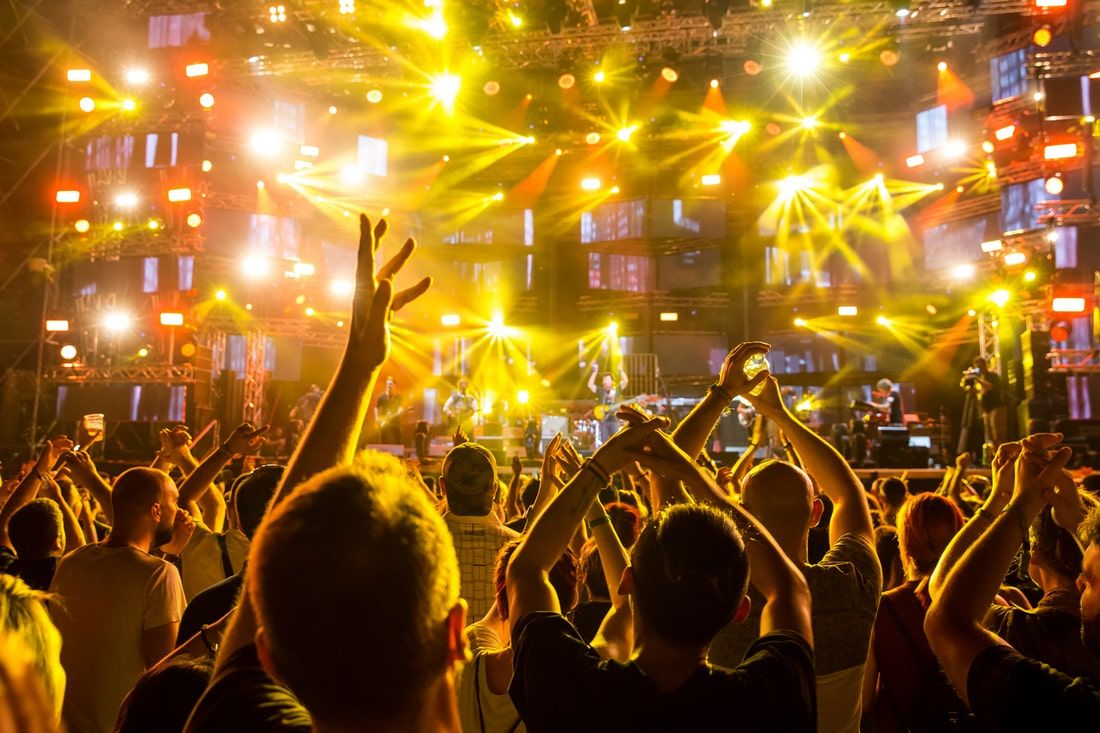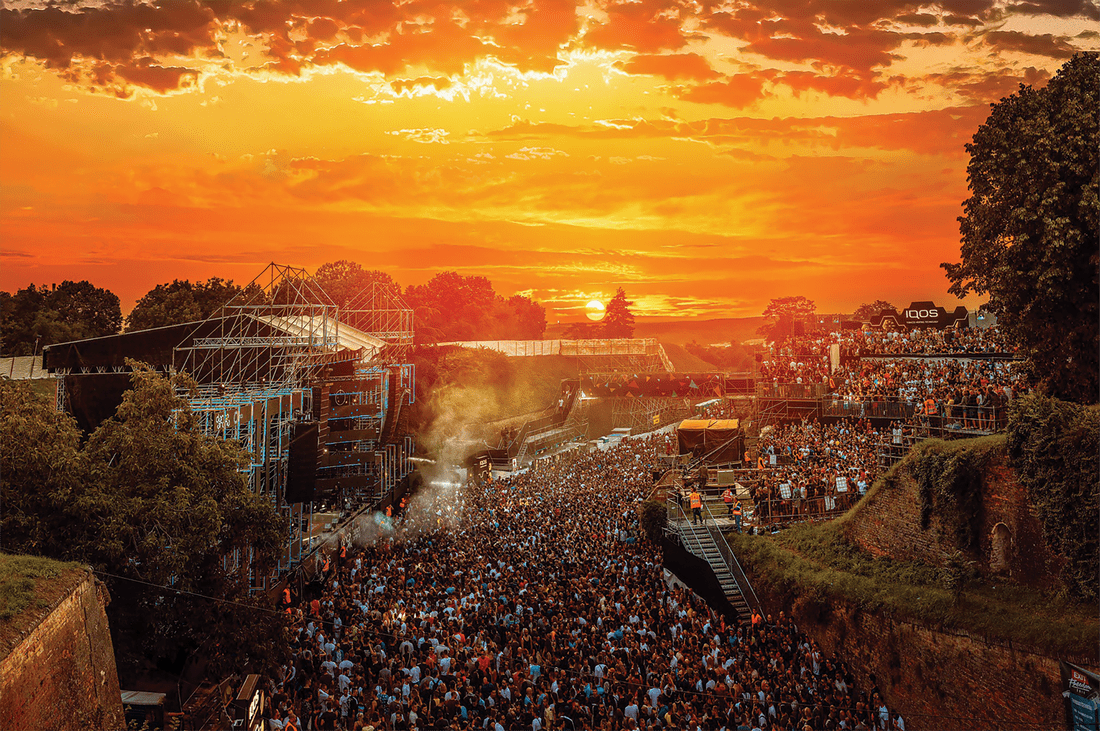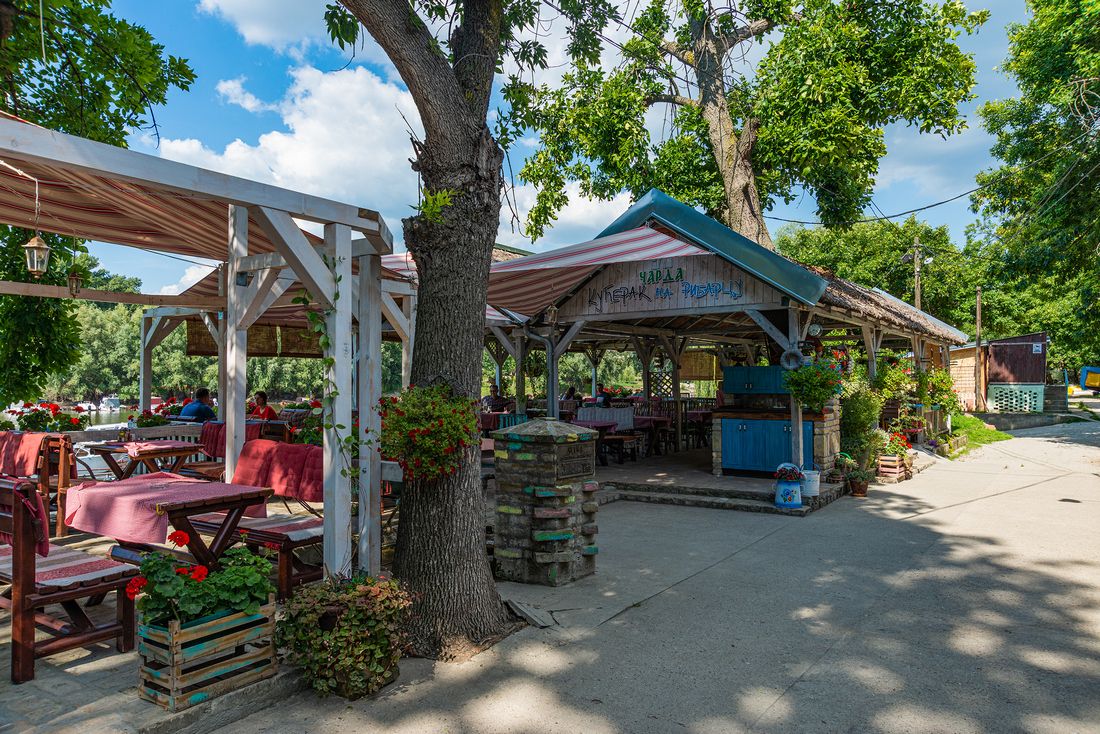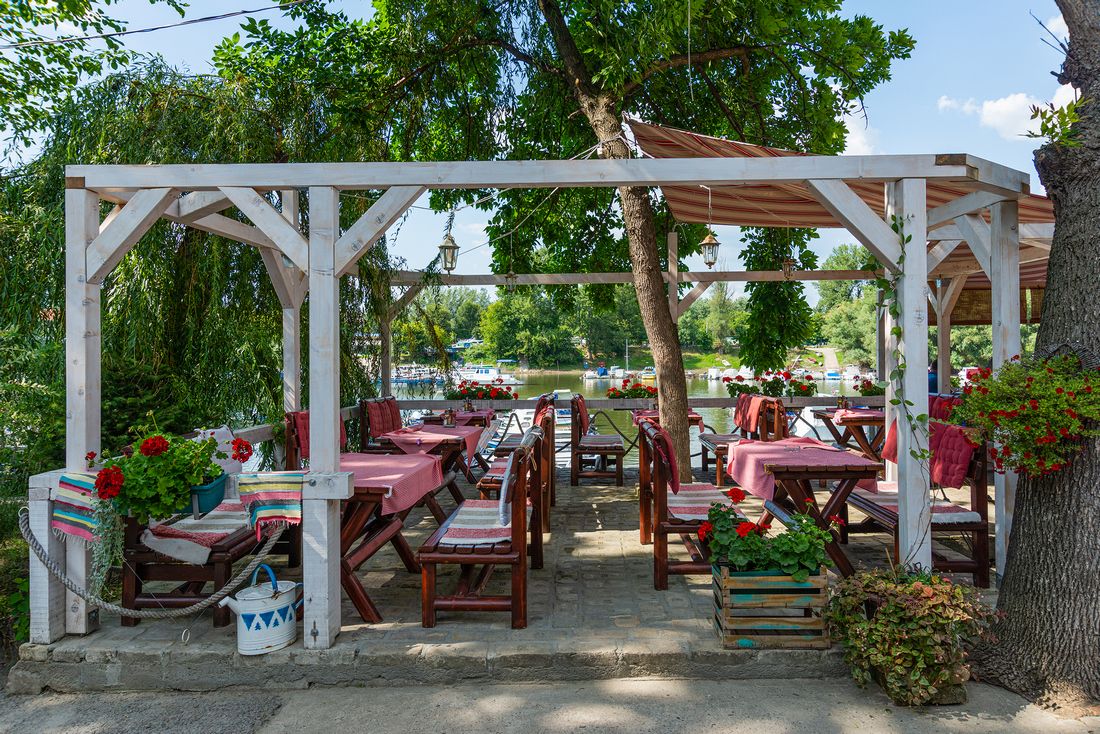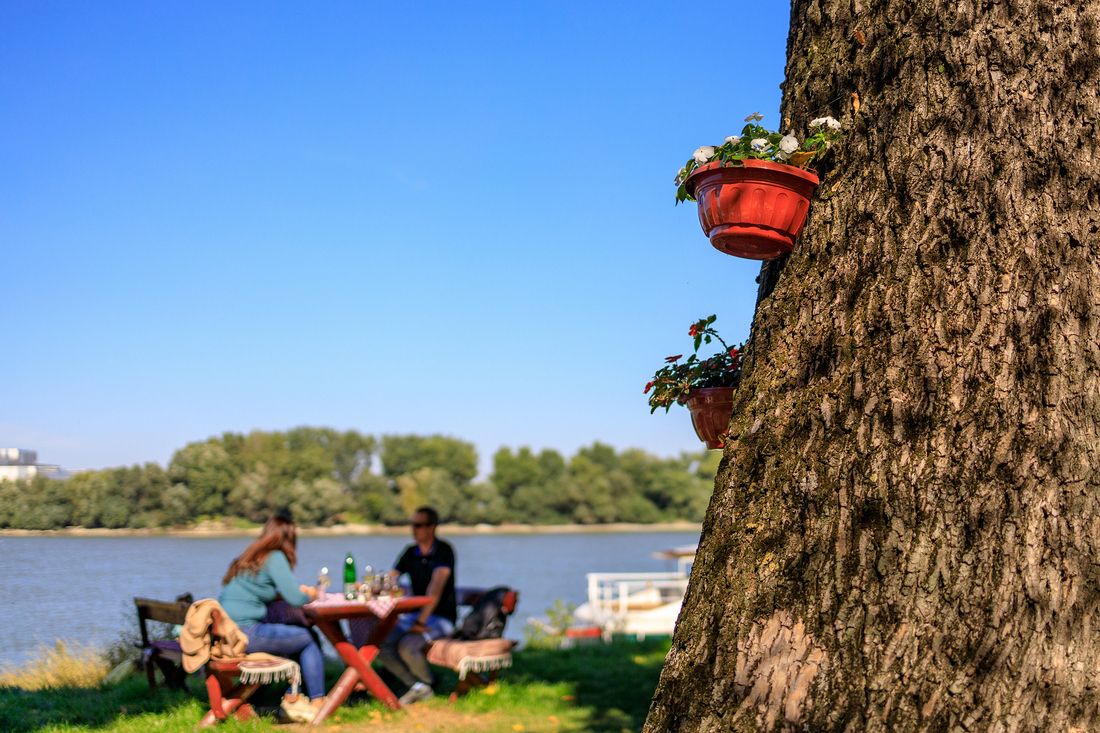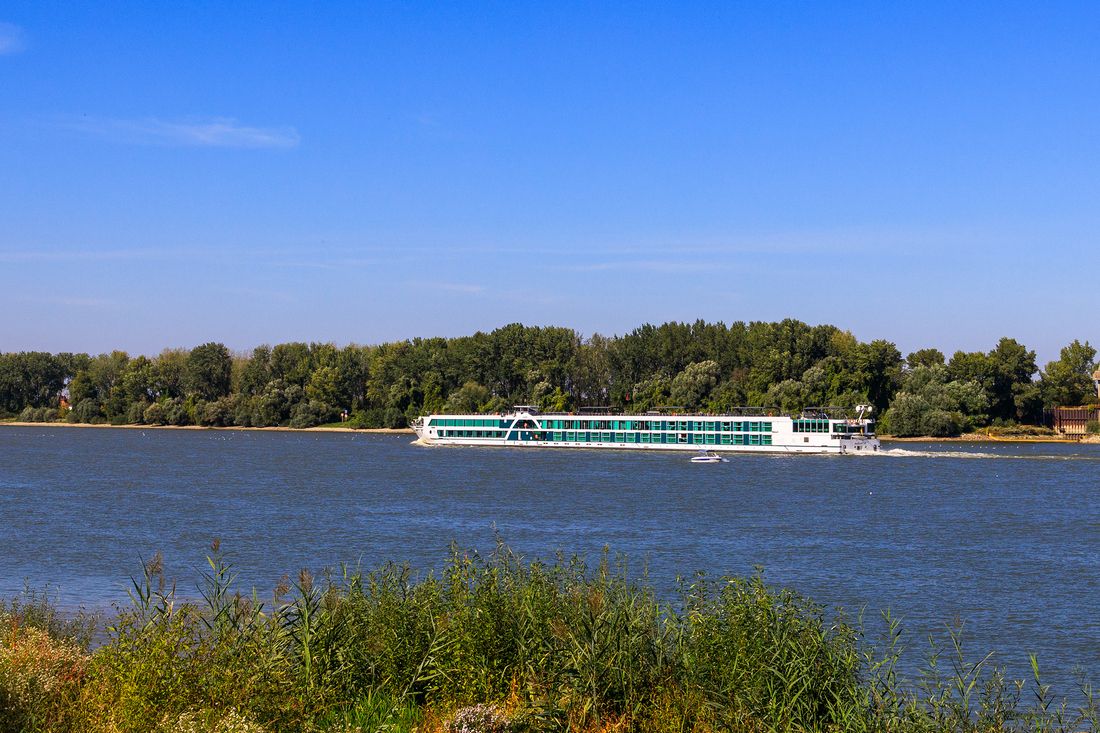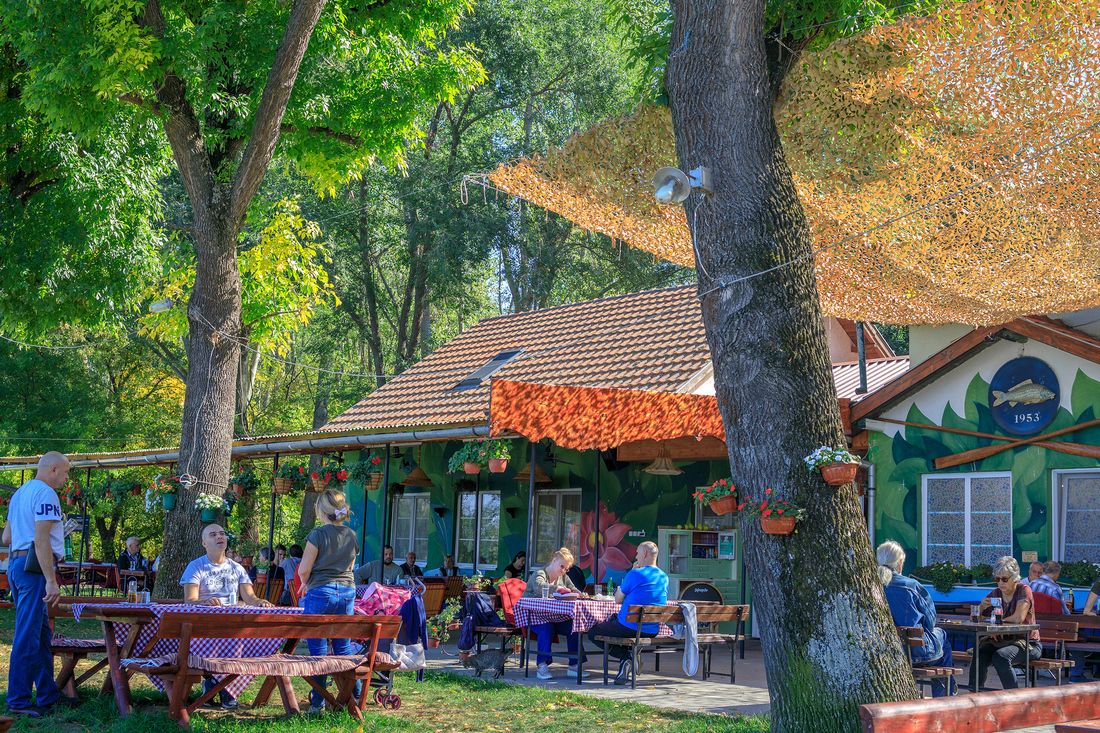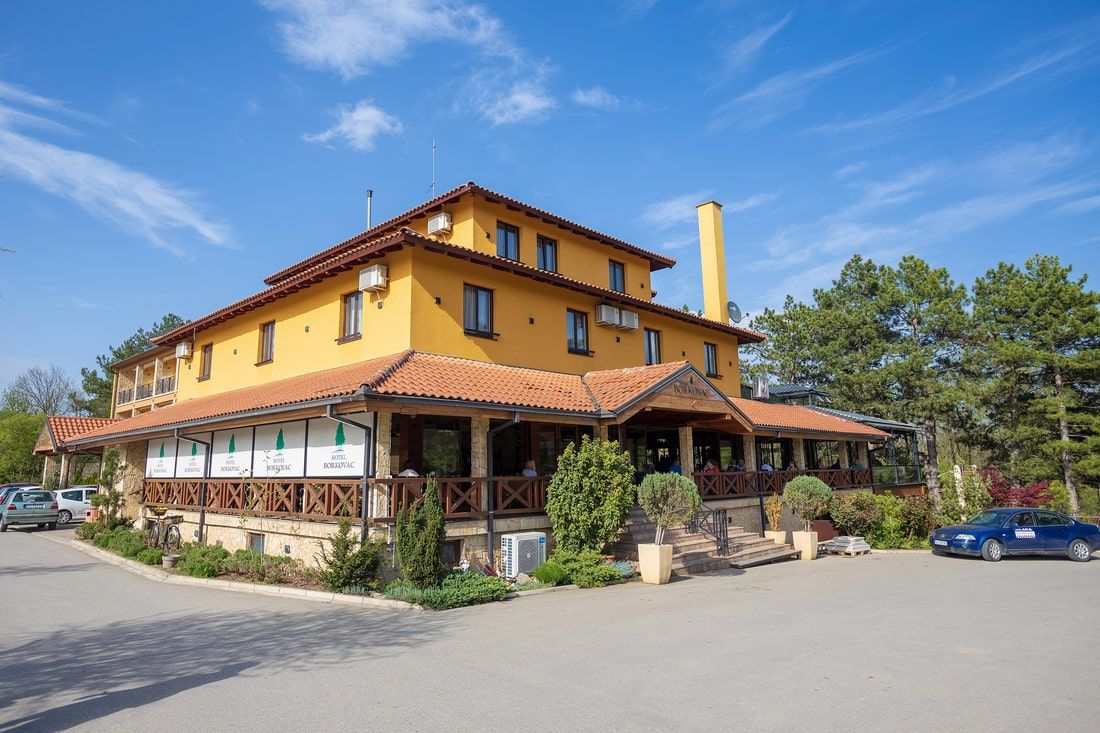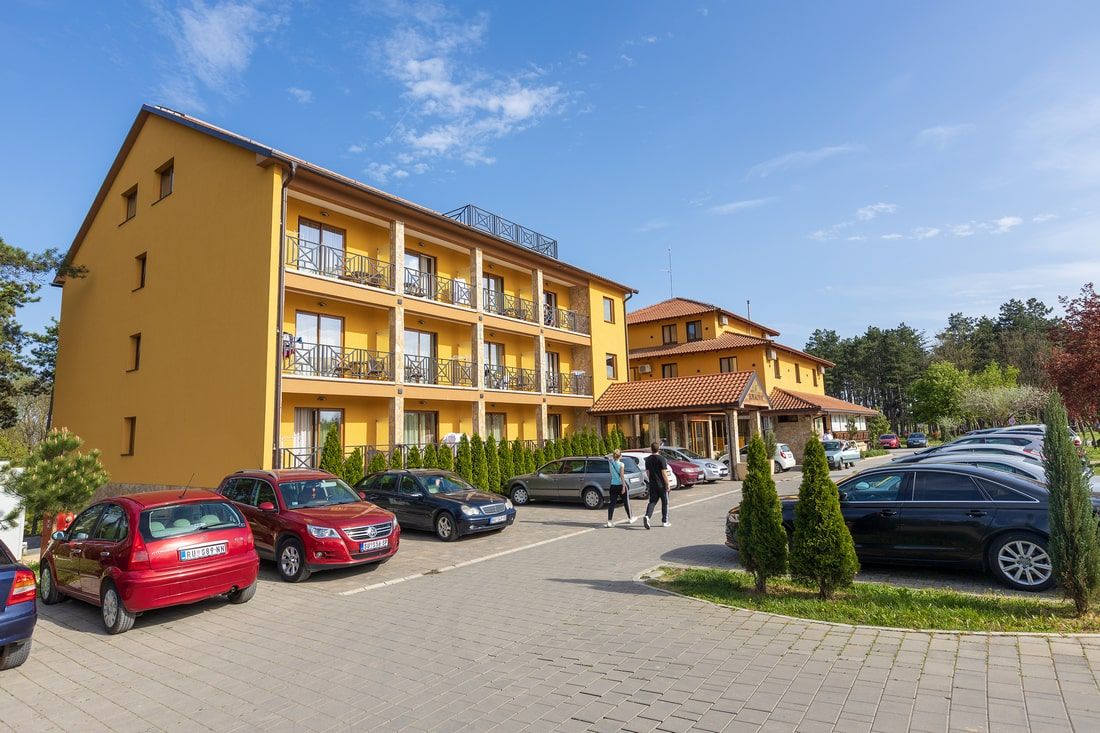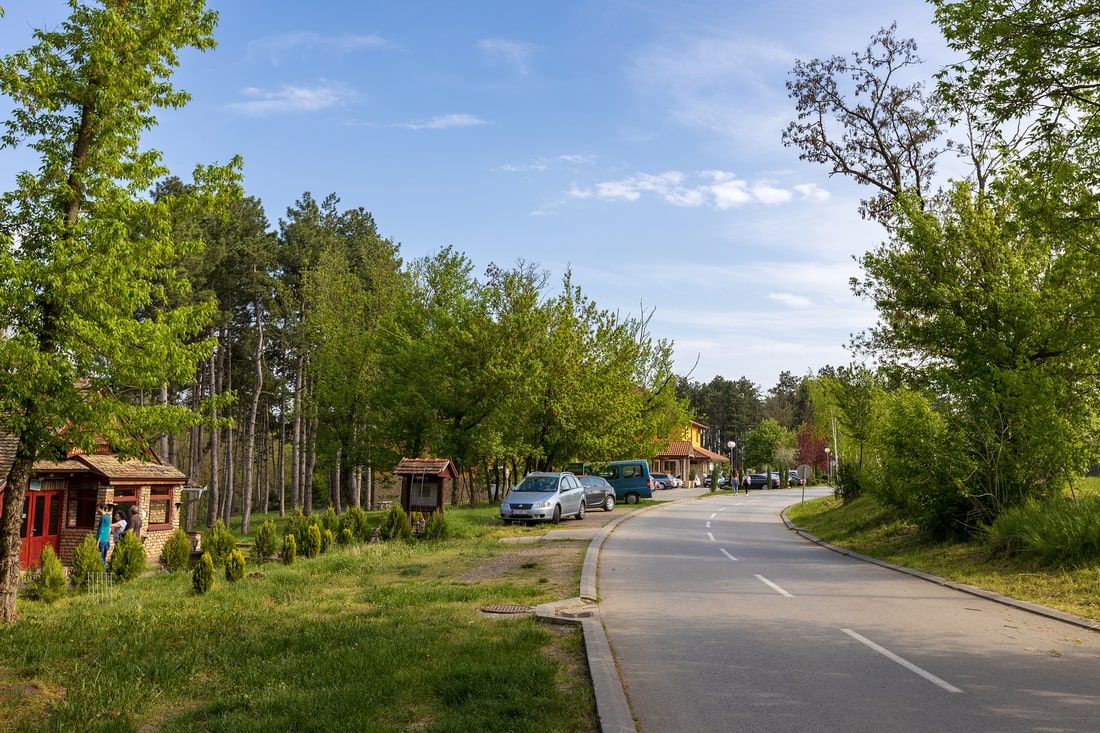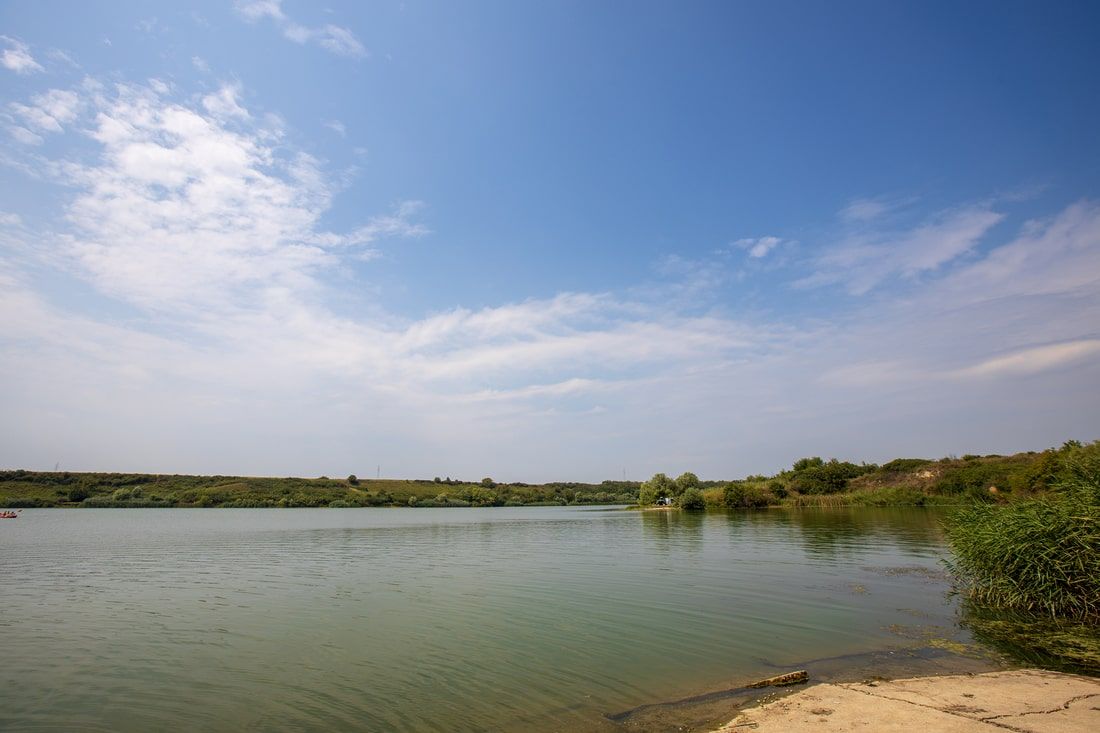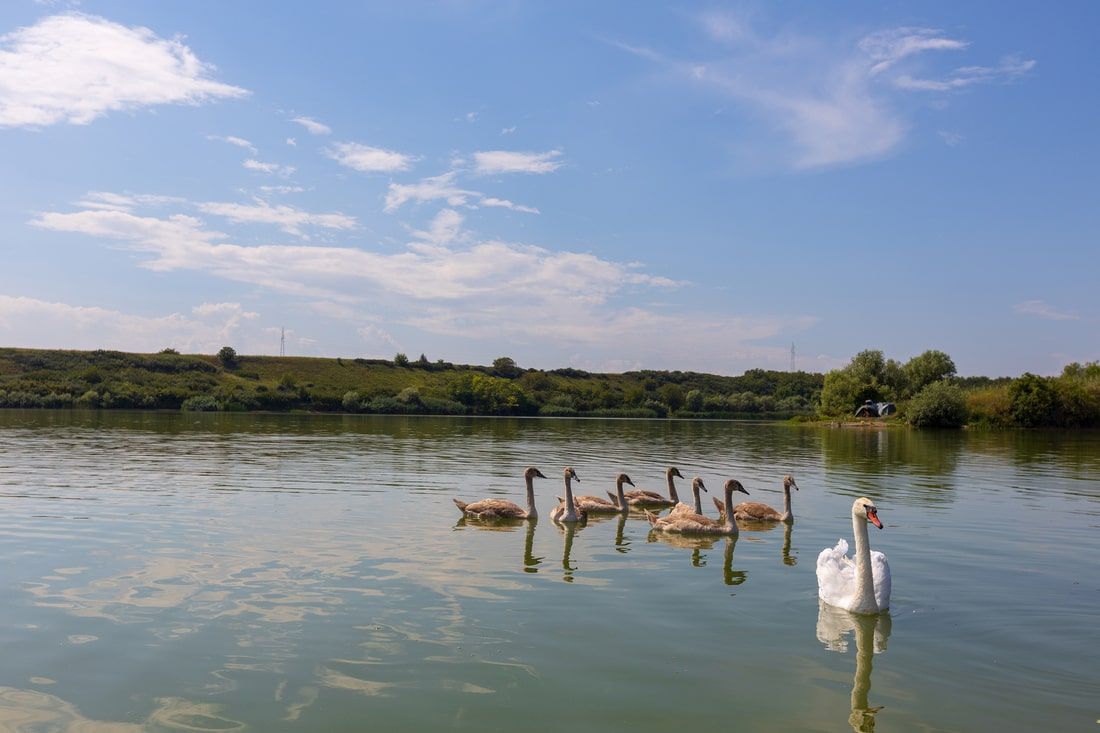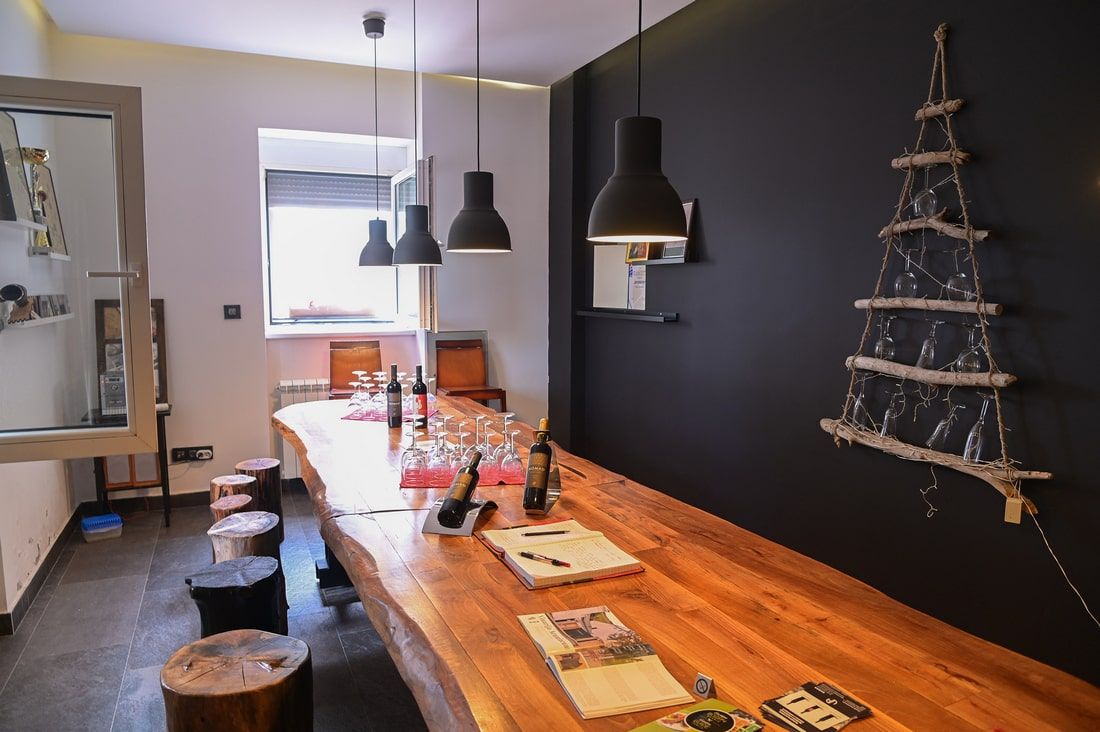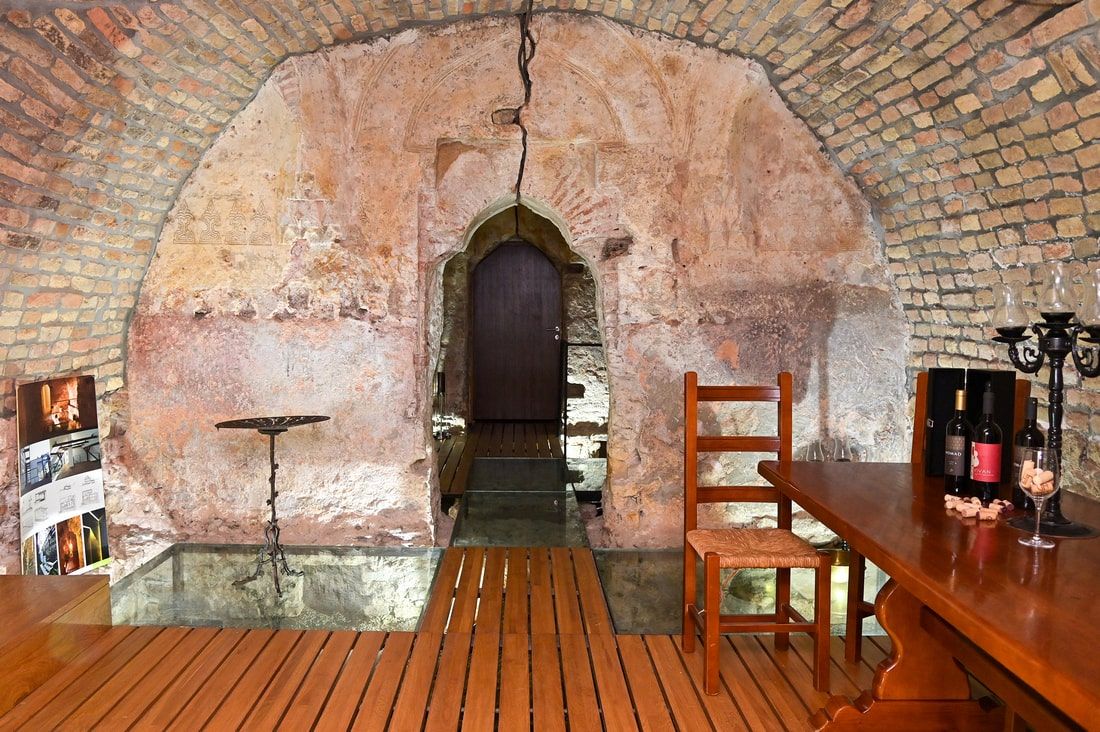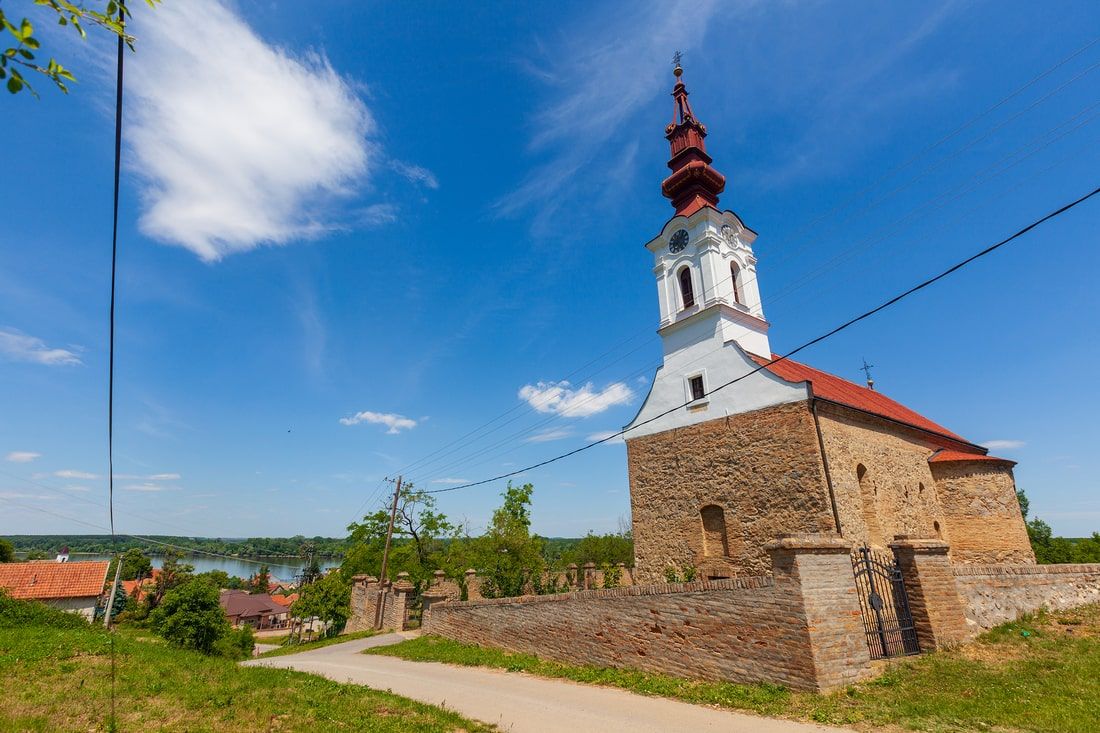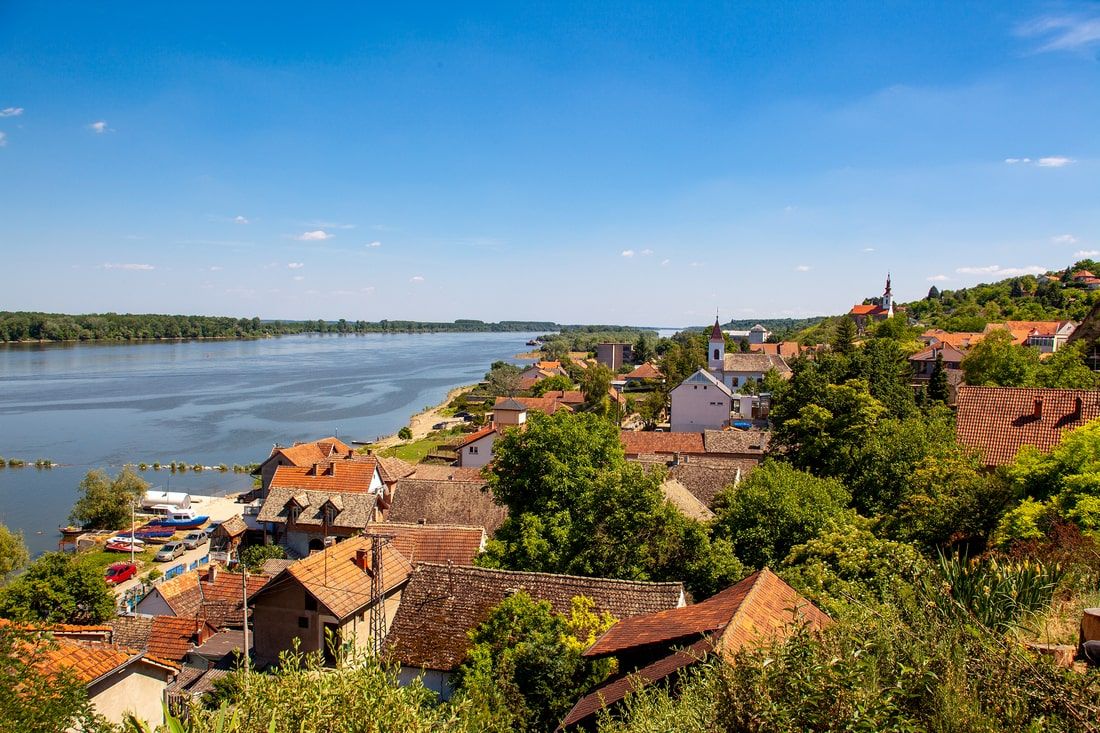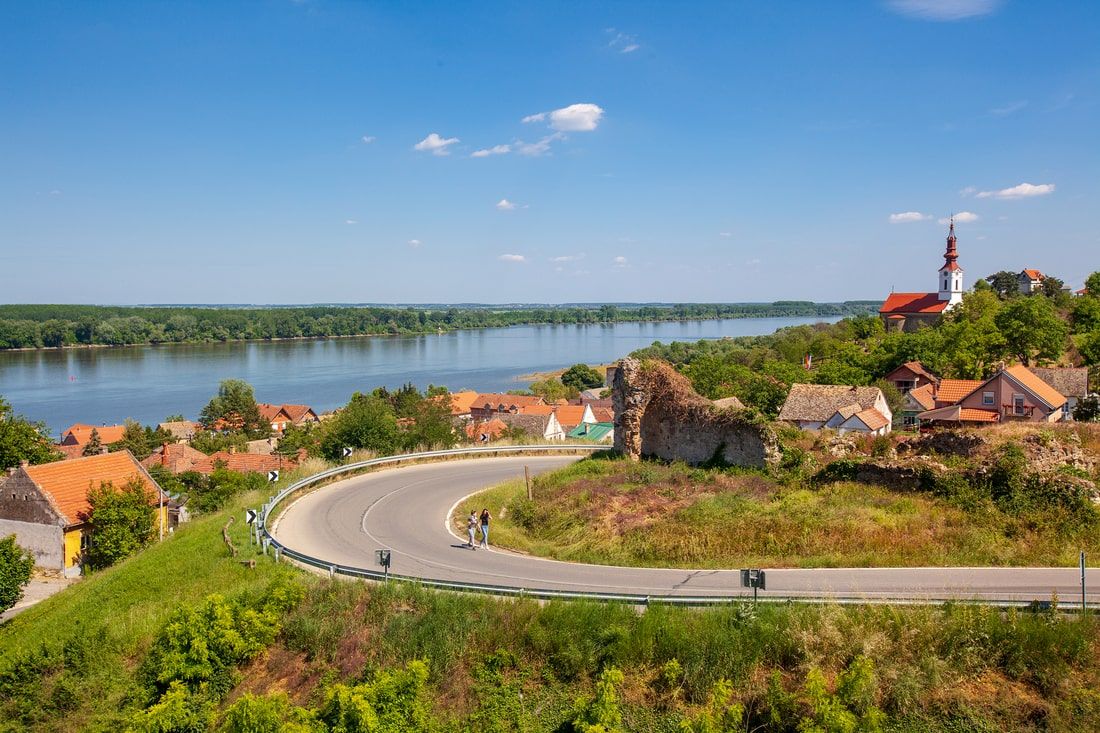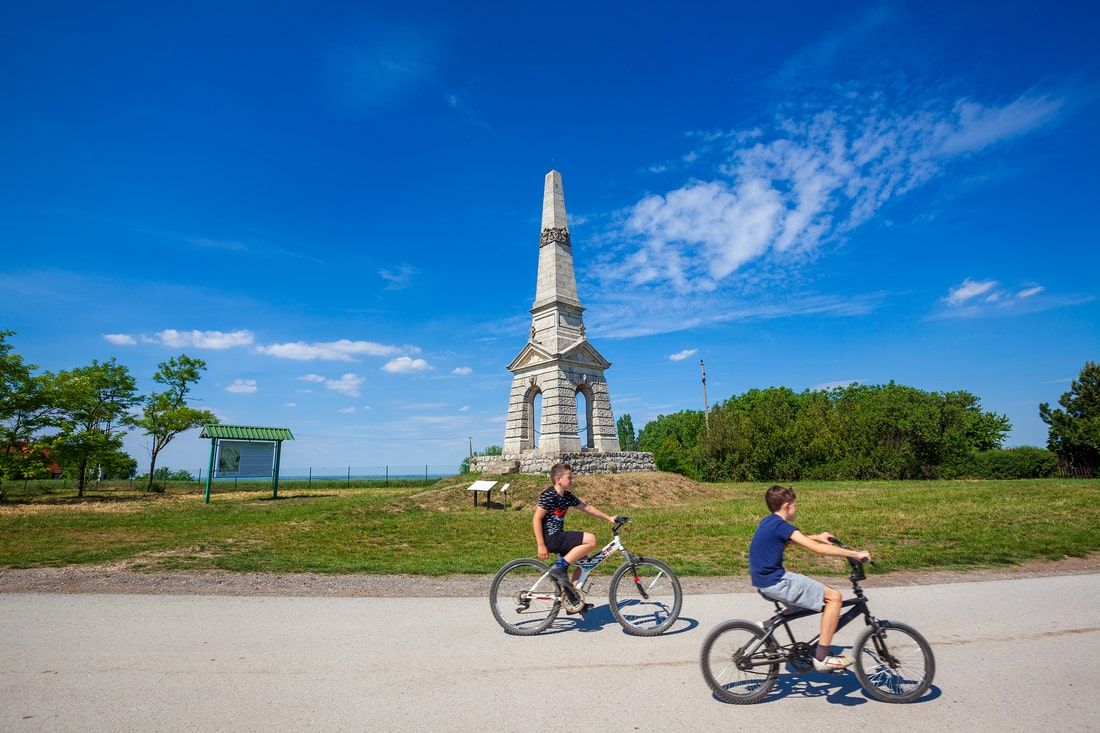52 Weekends - July
My place at the end of the Danube
During the summer heat, many will replace the city heat with pleasant shade at one of the Danube beaches. Each of us has our own favourite place by the Danube. For many, it is the famous Novi Sad beach – Štrand, which in the summer period of the year reminds of a festival of many activities and events, including those related to folklore and gastronomy. For others, they are the hidden places along the Bačka and Srem banks, such as informal beaches at Rajsko ostrvo (Paradise Island) near Sremski Karlovci, or those at Begečka jama. There is also the Oficirac, Mačkov sprud (Mačak’s Reef) and Ostrvo ljubavi (Love Island), which are only available during low water and if you have a boat.
Whatever you choose, what you need to know is that only at Štrand there is all the necessary infrastructure of a landscaped beach as well as a rescue service.
You can find more suggestions on the link: https://novisad.travel/novi-sad-na-dunavu/
Gordana Stojaković
EXIT Festival of our youth and reality
Without festivals and various events, there is no meaningful tourist offer and that is why many cities are fighting for audiences at the regional level and beyond with attractive festival programmes. The most successful are those who have managed to develop in a way that does not include the city in which they were born only as a tourist infrastructure and superstructure, but equally as a context in which they gain authenticity, as well as the ability to give the city a new, affirmative value.
Novi Sad is the city where the planetary famous EXIT Festival was born and raised, and then outgrew the regional framework. In its two decades long life, the Festival has collected a handful of awards, including “Best European Festival” at the European Festival Awards 2013 and 2017, “Best European Festival 2016” at the competition within the “Best European Destinations” and others.
We can say that the EXIT Festival went beyond the city and the region in which it originated, and that the programme and activist plan of co-operation and understanding among young people spread throughout the region through the Sea Dance Festival in Budva, Montenegro, Sea Star Festival in Umag, Croatia, No Sleep Festival in Belgrade, and the Revolution Festival in Timisoara, Romania.
EXIT is an event that marked the growing up of several generations of male and female Novi Sad residents. And for many of us, the modern Novi Sad time of tourism is measured up to EXIT and from it on. July is the time for EXIT Festival when EXIT is lived and worked, listened to by the open windows, watched at the numerous stages within the Petrovaradin Fortress, but also on the streets, in cafes, hostels where the foreign part of the EXIT tribe dwells.
Gordana Stojaković
Fish soup on the left and right side of the Danube
Whichever charda you stop by, you won’t be wrong. They can be found in the wider city centre, at Ribarsko ostrvo (Fisherman’s Island) and Kamenjar, where they have always been given the lead roles. We should not forget the chardas of Futog and Begeč. Each of the chardas has its own loyal audience, even the one that comes to Novi Sad occasionally. The good word about the Novi Sad chardas, which mostly goes from mouth to mouth, is part of the ornate face of this city.
Chardas are the institution made up of very different entities from simple to voluminous, yet they all serve excellent fish soups made of catfish and carp, and portions of catfish, carp, perch and sturgeon with appropriate wines, mostly from the Fruška Gora area. And they have something else in common, and that is the Danube, a powerful river from which and along which they live (https://novisad.travel/carde/).
Gordana Stojaković
Fruška Gora – Međeš and Borkovac
Fruška Gora lakes are artificial reservoirs that are occupied by bathers on their own initiative in the summer, because except for Borkovac, none of them is arranged as a bathing resort.
Lake Međeš near Šatrinci is an oasis in summer, which is also visited by Novi Sad residents. The clear water and the proximity of this accumulation of 48 hectares and a depth of 4-12 meters traditionally attract the bathers and fishermen alike.
Borkovac Lake is a favourite picnic site of the inhabitants of Ruma and southern Srem. It is known as an excellent fishing ground, and in the summer months as a swimming pool. On the shores of the lake there is a basic infrastructure (showers). Nearby is the swimming pool Borkovac, a new sports and entertainment complex consisting of small and large swimming pool, catering and sports facilities. On the shores of the lake, surrounded by pine trees, there is the hotel “Borkovac” which can be a good choice for staying and relaxing with a wellness and spa centre, and a starting point for touring Fruška Gora monasteries, wineries, picnic areas and cultural monuments.
There are no rescue services on the Fruška Gora accumulations, so you must co-ordinate all activities with that fact.
Gordana Stojaković
Vineyards embraced by the Danube, with the view of the Tisza
The eastern part of the Fruška Gora area between Inđija, Stari and Novi Slankamen and Krčedin, abounds in natural rarities, cultural and historical monuments, as evidenced by loess profiles, Krčedin Ada, the banks of the Danube and monumental heritage, especially the one concentrated in Stari Slankamen. The remains of the fortress, which had different names in different epochs (so that in the Roman period it was known as Akuminkum, and Kastrum Zelenkamen in the period of battles with the Turks) still watch over Stari Slankamen. The Church of St. Nicholas from the 16th century, which is associated with Zmaj Ognjeni Vuk, then unique loess deposits, while neither the rare springs of salt in the waters in Vojvodina used by the Romans and Ottoman Turks could be avoided since a modern spa was founded on its springs in 1906. However, the benefits that the Danube and the Tisza give to Stari Slankamen are multiple, especially for viticulture.
The area between Stari and Novi Slankamen, Krčedin and Inđija is that part of the tame Fruška Gora that is extremely suitable for viticulture and winemaking and there is a specialized vineyard settlement – Slankamenački Vinogradi.
The vineyards of the eastern Fruška Gora that descend towards the Danube create a soothing tameness, and those on the stretch of Ćerlin, above the confluence of the Tisza and the Danube, are fascinating. The following grape varieties are grown on the slopes of the eastern part of Fruška Gora that spread in all directions: Italian Riesling, Slankamenka, Muscat Crocan, Chardonnay, Sauvignon Blanc, Rhine Riesling, Sremska zelenika, Muscat Ottonel, Tamjanika, Vranac, Prokupac, Shiraz, Muscat Hamburg , Muscat Rose, Marselan, Petit (small) Verdot, Rebo, Cabernet Sauvignon, Merlot, etc.
Every year in June, wine producers and lovers gather at the traditional Fruška Gora Wine Festival in Inđija, proving that the eastern Fruška Gora is a wine region par excellence, and that is also confirmed by the wineries: Vinarija Acumincum (Acumincum Winery) and Proizvodnja vina Macura Produkt (Macura Produkt Wine Production) in Stari Slankamen, Vinarija Stojanović (Stojanović Winery) in Slankamenački Vinogradi, Manufaktura Spasić (Spasić Manufacture) in Novi Slankamen, Patkov vinograd (Patak’s Vineyard) in Krčedin and Vinarija Aven (Aven Winery) in Inđija.
You can find more details at the following link: https://novisad.travel/vinski-put-4/
Gordana Stojaković
